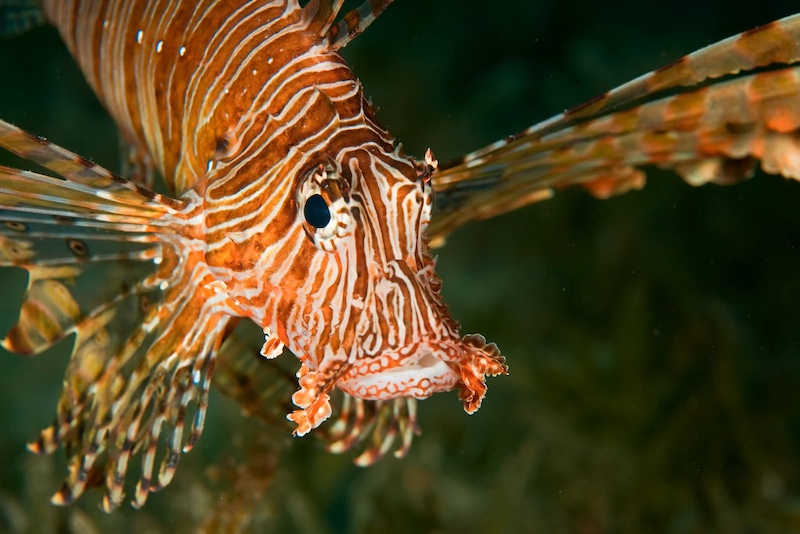When people think of danger in the ocean, sharks usually top the list. With their rows of sharp teeth and portrayal in pop culture as relentless predators, it’s easy to see why. But the truth is, many other sea creatures pose a greater threat to humans than sharks ever do. In fact, shark attacks are exceedingly rare—with only a handful of fatal encounters reported globally each year. Here are 10 sea creatures that are surprisingly more dangerous than sharks.
Box Jellyfish
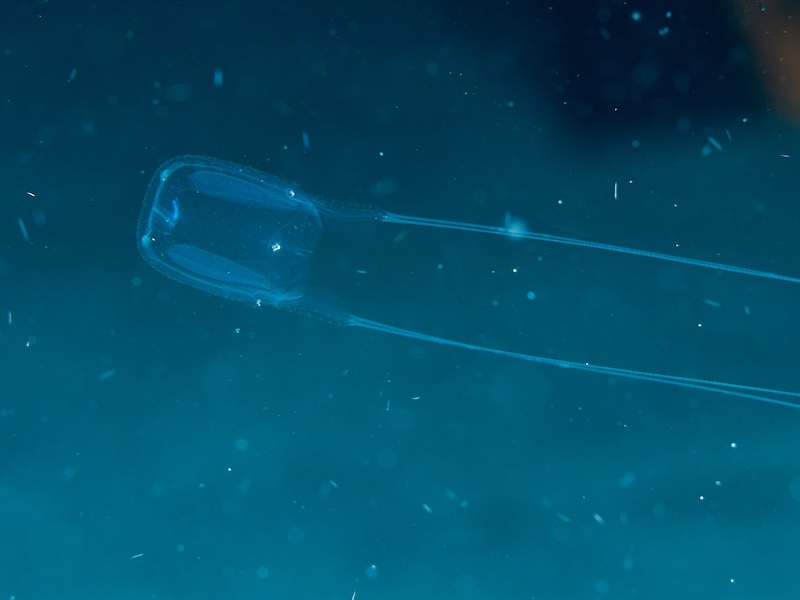
Don’t let its delicate appearance fool you. The box jellyfish, particularly found in the waters of the Indo-Pacific, is among the deadliest creatures in the ocean. Its tentacles are lined with thousands of stinging cells that release toxins capable of causing heart failure, paralysis, and death within minutes. Some victims have died before even reaching the shore.
Cone Snail
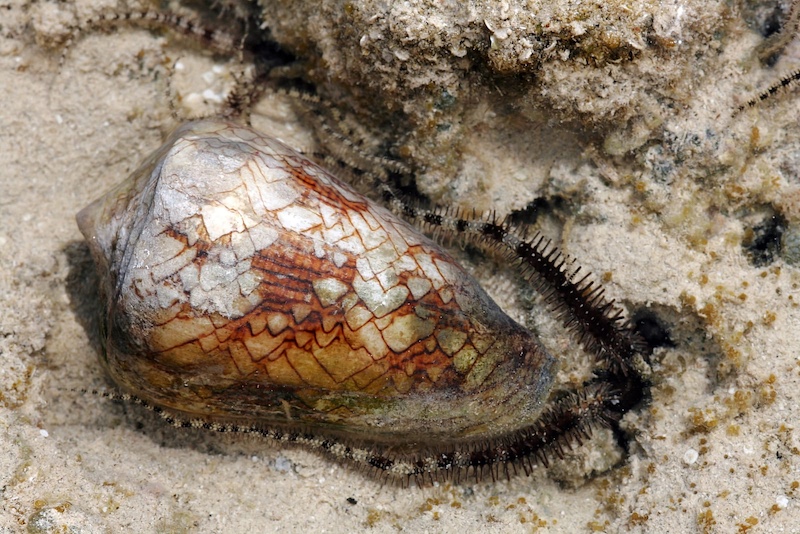
It may be small, but the cone snail is not to be underestimated. These beautifully patterned sea snails deliver venom through a harpoon-like tooth, which can cause pain, paralysis, and even death. There’s no antivenom, and a single drop of its venom is powerful enough to kill multiple humans.
Blue-Ringed Octopus
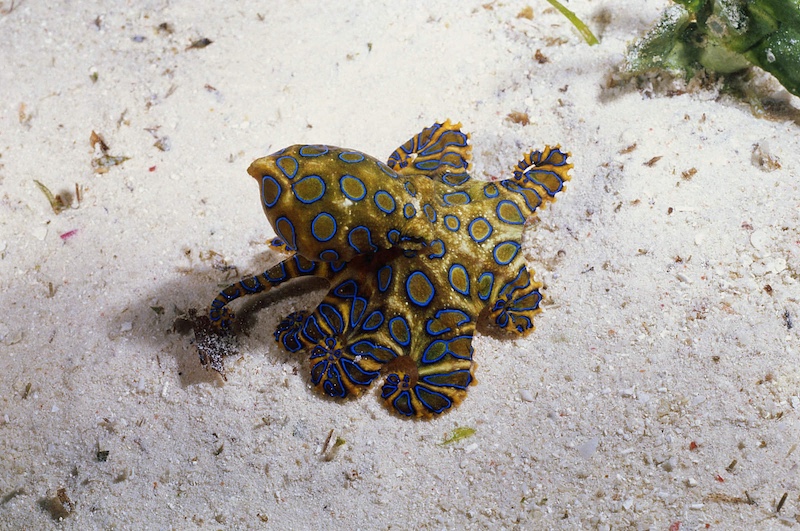
Roughly the size of a golf ball, the blue-ringed octopus is one of the most venomous marine animals. Found in tide pools and reefs around Australia and Japan, this octopus carries a neurotoxin called tetrodotoxin, which can cause total body paralysis and respiratory failure. There is no known antidote, and death can occur within hours if artificial respiration isn’t administered quickly.
Stonefish
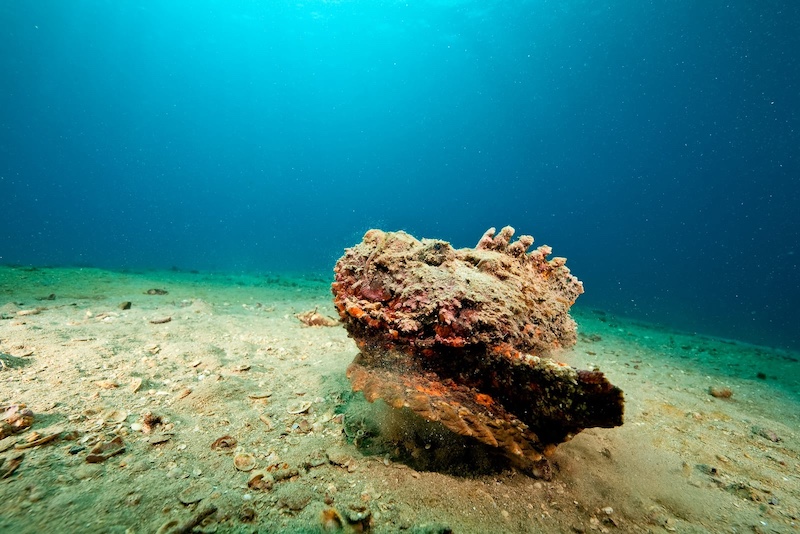
The stonefish earns its name by blending perfectly with its surroundings, making it incredibly easy to step on—usually barefoot. When threatened, it delivers a venomous sting through spines along its back. The pain is excruciating and can lead to swelling, tissue death, and even heart failure if left untreated. It’s widely considered the most venomous fish in the world.
Portuguese Man O’ War
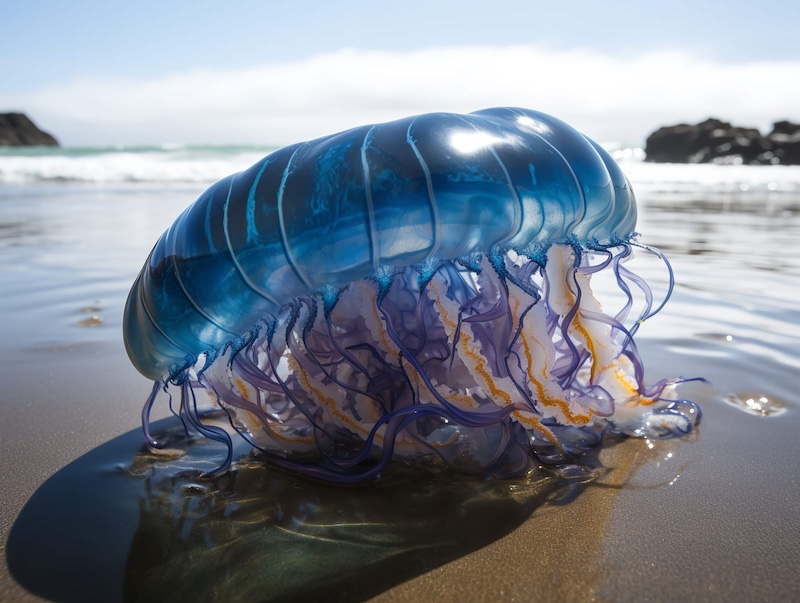
Often mistaken for a jellyfish, the Portuguese man o’ war is actually a siphonophore—a colony of specialized animals working together. Its long tentacles can deliver painful stings that result in welts, intense pain, and sometimes even difficulty breathing or cardiac issues. While rarely fatal, their stings are more dangerous and more common than those of sharks.
Saltwater Crocodile
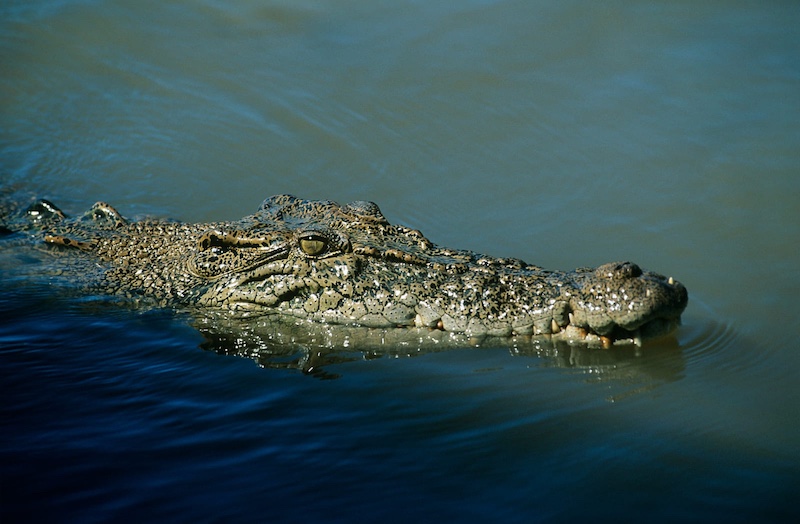
Although technically not a fish, the saltwater crocodile is a sea-dwelling predator that deserves a spot on this list. Found in coastal regions from India to northern Australia, this reptile is aggressive, fast, and territorial. It is responsible for far more human deaths than sharks each year, often ambushing unsuspecting swimmers near shorelines.
Sea Snakes
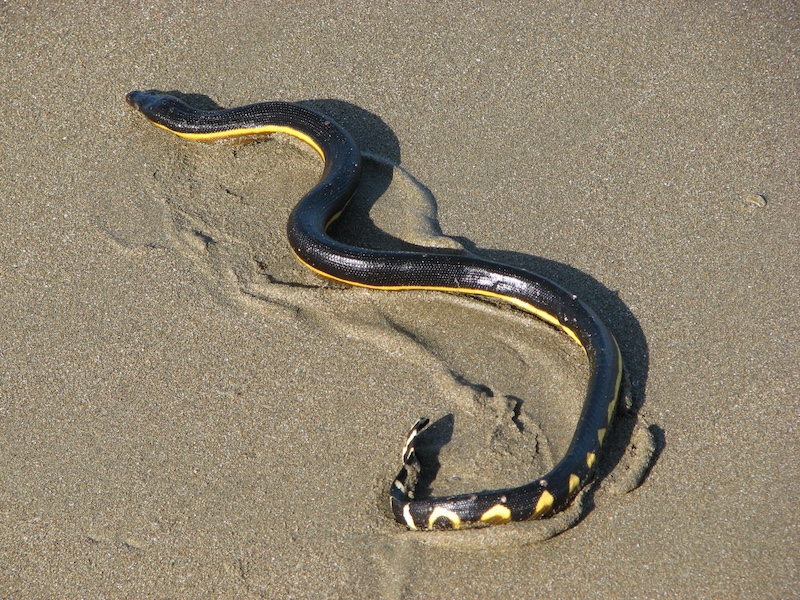
Sea snakes, particularly those in the Indo-Pacific, are among the most venomous snakes in the world. While they are generally shy and not prone to biting, their venom can cause muscle breakdown, paralysis, and death. Just a few milligrams of venom can be lethal, and bites often go unnoticed until symptoms appear hours later.
Irukandji Jellyfish
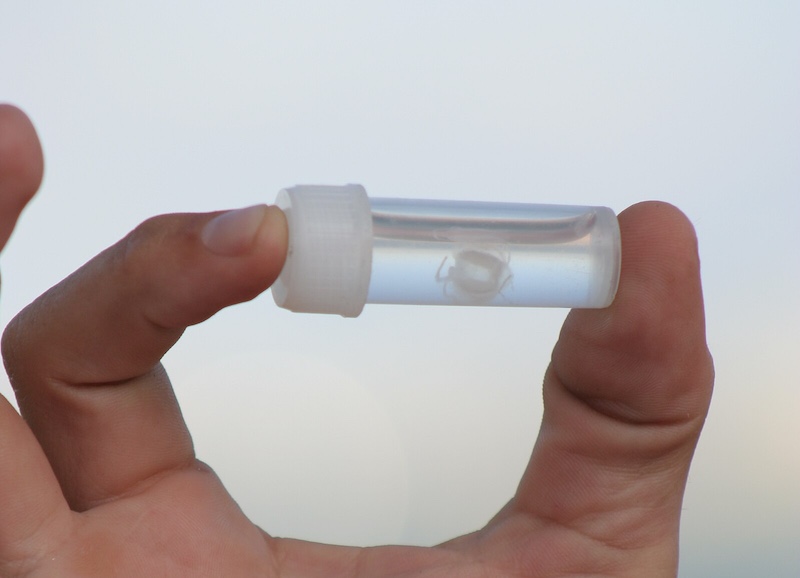
This tiny jellyfish, measuring just a few centimeters, can cause Irukandji syndrome—a collection of symptoms that include excruciating pain, vomiting, difficulty breathing, and a sense of impending doom. Victims often require hospitalization, and while fatalities are rare, the extreme suffering caused by its sting makes it one of the ocean’s most feared inhabitants.
Flower Urchin
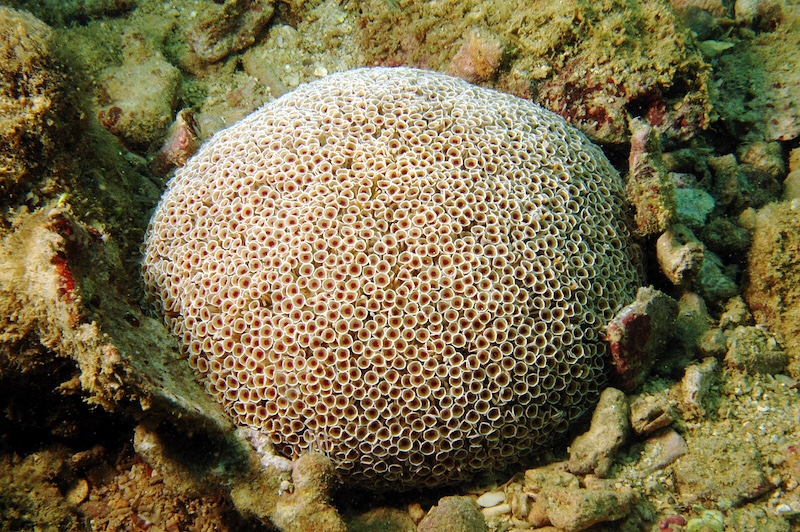
It looks like a beautiful sea bloom, but this urchin is anything but harmless. The flower urchin’s spines contain venom that causes severe pain, muscle weakness, and even paralysis. Divers who accidentally brush against one can become disoriented, leading to drowning or other complications underwater.
Lionfish
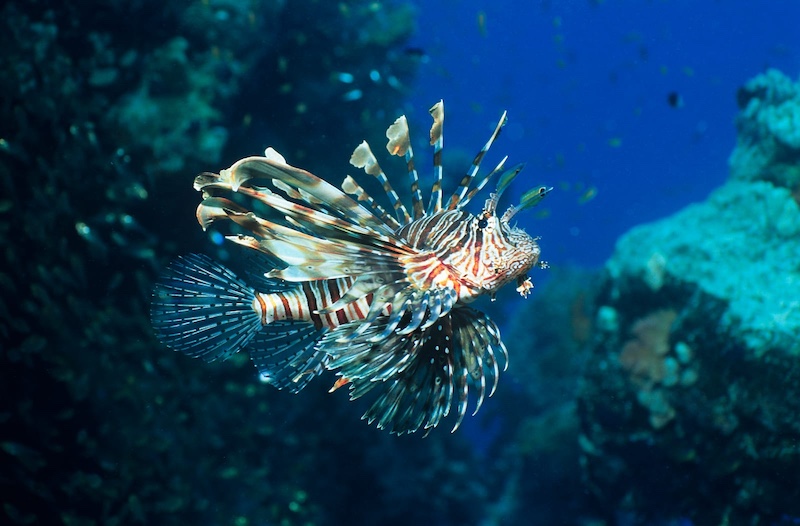
Native to the Indo-Pacific but invasive in other regions, lionfish are known for their striking appearance and venomous spines. A sting can result in extreme pain, fever, nausea, and difficulty breathing. While rarely fatal, the venom can incapacitate a swimmer, putting them at risk in open water.
- Please Note: This content was created with the assistance of AI and thoroughly edited by a human before publishing.

